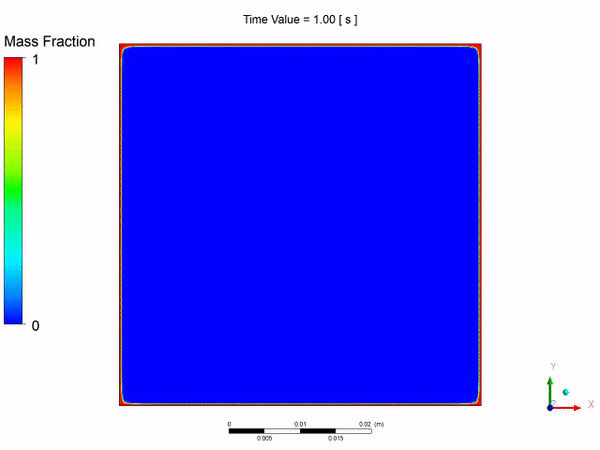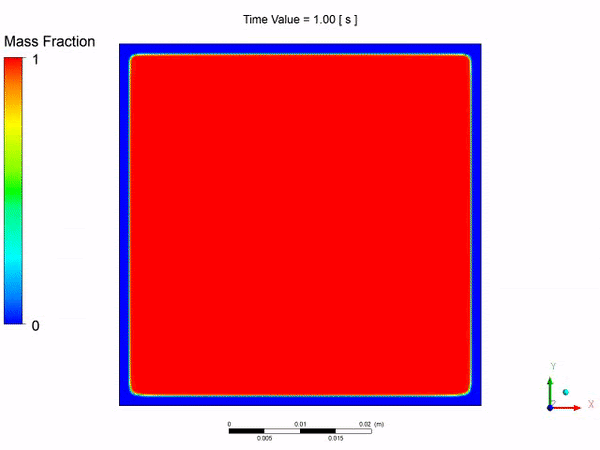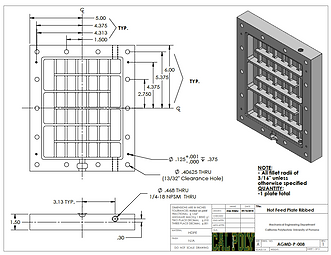Research
New Project





Project Description
We invite creative students to collaborate on a unique opportunity with an LA-based startup, focused on advancing renewable energy technologies. The project involves developing and optimizing a unidirectional axial turbine blade assembly, designed to maintain consistent rotational direction despite changes in flow, making it ideal for hydro-tidal wave energy generation. Students will engage in hands-on research and development, analyzing fluid dynamics, blade design, and system integration to enhance the turbine's performance. Outstanding students will be considered for partnership and/or paid summer internship positions.
Minimum Qualifications:1-Excellent oral, written, and virtual communication skills 2-Availability and interest to work is a fast-paced project 3-GPA: minimum 3.0 4-Minimum availability of 10 hours/week during business hours.5-Good knowledge of Computer Aided Design (CAD) and SolidWorks6-Good knowledge of thermodynamics and fluid mechanics
Preferred qualifications: 1-Knowledge of Computational Fluid Dynamics (CFD) and ANSYS FLUENT2-Good knowledge of circuits design and analysis3-Knowledge in thermal fluid measurements.Interested? Please send an email to Dr. Reza Lakeh (rblakeh@cpp.edu) and attach your resume and unofficial transcript.
Low-cost Thermal Energy Storage using Desalination Waste Salt
In this federally-sponsored project, we develop a patent-pending thermal energy storage system that repurposes desalination waste salt as a low-cost thermal energy storage medium for different applications such as solar and geothermal desalination, and grid-scale energy storage. The project is concurrently supported by Southern California Gas Company and Veterans to Energy Careers.






A detailed techno-economic model is developed to show feasibility of offsetting the cost of thermal energy storage with desalination waste salt disposal cost while reducing the cost of concentrate disposal for desalination plants.


Using a variety of experimental and computational methods, the feasibility, effectiveness, and robustness of using desalination waste salt as a thermal energy storage medium is investigated in laboratory-scale at Cal Poly Pomona.



Thermal characteristics of the desalination waste salt was investigated using analytical and experimental methods. Availability of phase change provide increased energy storage density in some water chemsitries.


Laboratory-scale demonstration of a thermal energy storage system using repurposed concentrate salt at Cal Poly Pomona.

Simulation of solid to liquid phase change and buoyonacy-driven flows in charge (left) and discharge (right) cycles of a thermal energy storage modules that utilize repurposed concentrate salt as thermal energy storage medium shows effective charge and discharge times.



In this effort, a decentralized grid-independent, zero-carbon-footprint water treatment system is developed. The system utilizes a micro-filtration pre-treatment, a two-stage reverse osmosis, and an ultraviolet disinfection post-treatment. The system is solely powered by solar-photovoltaic panels through a battery bank. The developed system is capable of desalinating and disinfecting a permeate flow rate of 1.2-1.8 gpm with a recovery rate of 60-80%. A minimum salt rejection rate of 97.5% is achieved at 140 psi of feed water pressure. For more information, please visit our website at www.drowt.org

Waste Heat Recovery with Air-Gap Membrane Distillation
In this project, a pilot-scale Air-Gap Membrane Distillation (AGMD) Unit is integrated with a waste heat source to increase the overall efficiency and generate zero carbon foot-print distilled water. The team previously presented the AGMD system in lab-scale.
Sponsor/Partner: Sterlitech Inc.




Cal Poly Pomona's Pilot-scale Air-Gap Membrane Distillation (AGMD) system using different turbulence-causing internal ribs.
Electrohydrodynamics (EHD) and Ion-driven Flows
In this project, the effect of corona discharge and ion-drag flows on enhancement of convective heat transfer and pumping efficiency is investigated computationally and experimentally.
Corona discharge in longitudinal channels for heat transfer enhancement
CFD analysis of secondary flows induced by corona discharge in rectangular mini channels
